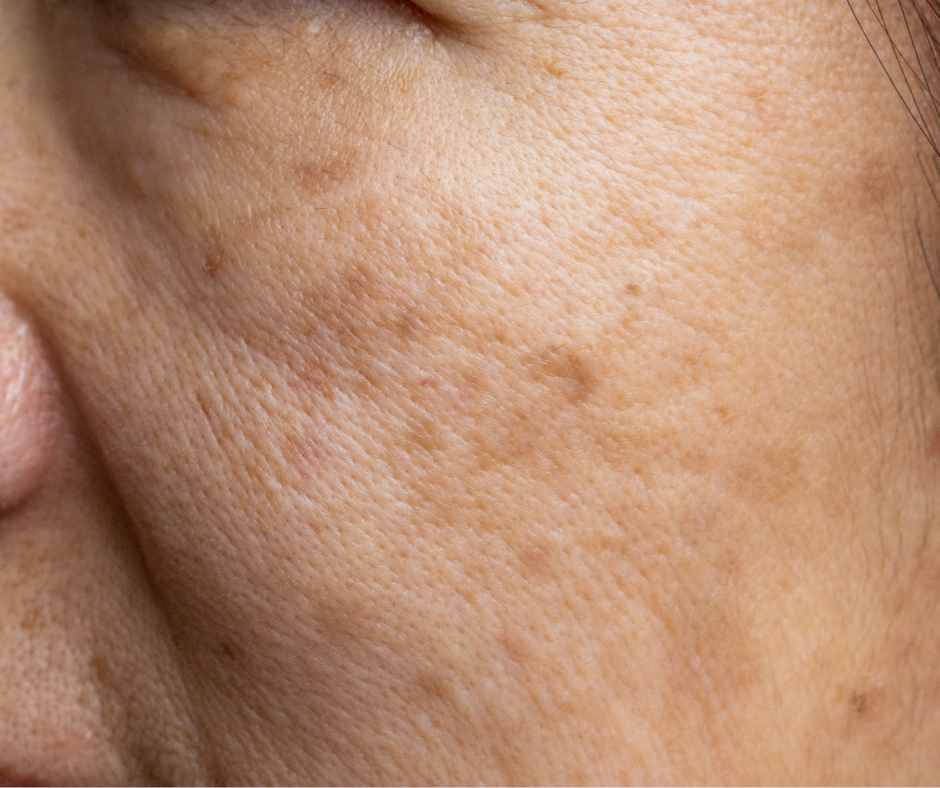
Skin pigmentation, whether in the form of dark spots, melasma, or uneven tone, is one of the most common skin concerns. Many people ask: What triggers skin pigmentation? The answer is a mix of biological, environmental, and lifestyle factors, but the good news is that pigmentation can often be reduced with the right approach.
Pigmentation occurs when the skin produces excess melanin, the pigment responsible for colour. This overproduction can be triggered by sun exposure, hormonal changes, inflammation, or skin injury. In some cases, pigmentation can also be linked to genetics or certain medications that affect melanin production.
Sun exposure is the most common trigger, especially when the skin isn’t adequately protected. UV rays stimulate melanin as a defence mechanism, often leading to sun spots or an uneven complexion. Hormonal shifts — such as those during pregnancy or when taking certain contraceptives — can also result in pigmentation, especially on the cheeks and forehead.
Left untreated, pigmentation tends to deepen with age. Repeated sun exposure and reduced skin cell turnover can cause existing discolouration to become more visible. Inflammatory conditions like acne or eczema can also leave behind lingering pigment after healing — a condition known as post-inflammatory hyperpigmentation.
So, what triggers skin pigmentation may differ from person to person, but most cases involve repeated exposure to light, heat, or trauma to the skin. Fortunately, there are pigmentation treatments that target pigment at its source while also restoring skin health.
Advanced aesthetic treatments such as CO2 laser resurfacing, IPL (Intense Pulsed Light), and Morpheus8 are designed to break down excess pigment and stimulate skin renewal.
CO2 laser resurfaces the skin layer by layer, targeting deep-set pigmentation and improving texture simultaneously. IPL works by sending pulses of light into the skin to break up pigment clusters, often used for sunspots and redness. Morpheus8, combining microneedling with radiofrequency, penetrates deeper into the skin to target pigmentation while tightening and stimulating collagen.
By understanding what triggers skin pigmentation and choosing the right treatment pathway, clearer, more even-toned skin becomes a realistic goal — especially when supported by ongoing sun protection and skincare maintenance.
Sun exposure is the most common cause of skin pigmentation. Ultraviolet (UV) rays trigger melanin production as a protective response, leading to sunspots, freckles, or uneven tone over time. Hormonal changes, inflammation, and skin injuries can also contribute to pigmentation, particularly in individuals with a predisposition to melasma or post-inflammatory hyperpigmentation.
Treatments such as IPL, CO2 laser, or fractional resurfacing can help target pigmentation on the chest by breaking down melanin and promoting skin renewal. A combination of in-clinic treatments and ongoing sun protection is essential to prevent recurrence. Regular use of brightening skincare ingredients can also support and maintain results over time.
Sudden pigmentation may be triggered by sun exposure, hormonal shifts, stress, or skin trauma such as acne or irritation. It can also be linked to medication or skincare ingredients that increase photosensitivity. Identifying the root cause is essential, as ongoing exposure or inflammation can make the discolouration more pronounced without appropriate treatment or protection.